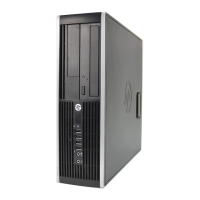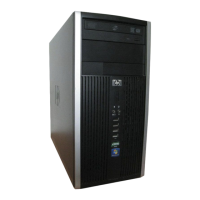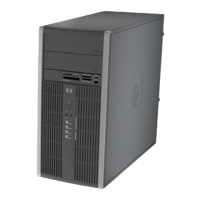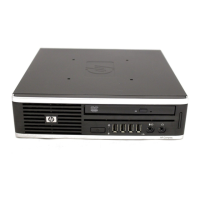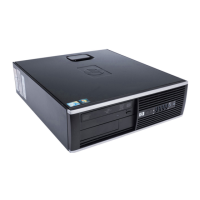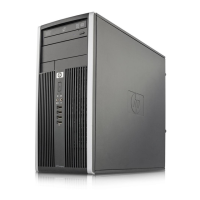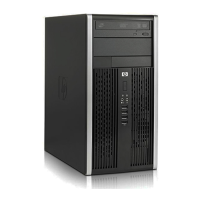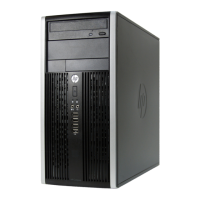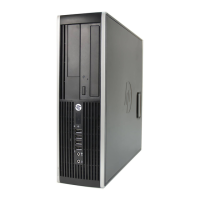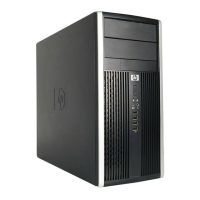Solving Hard Drive Problems
Hard drive error occurs.
Cause Solution
Hard disk has bad sectors or has failed. 1. In Microsoft Windows XP, right-click Start, click
Explore, and select a drive. Select File > Properties >
Tools. Under Error-checking, click Check Now.
In Microsoft Windows Vista and Windows 7, right-click
Start, click Explore, and right-click on a drive. Select
Properties then select the Tools tab. Under Error-
checking click Check Now.
2. Use a utility to locate and block usage of bad sectors. If
necessary, reformat the hard disk.
Disk transaction problem.
Cause Solution
Either the directory structure is bad or there is a problem with
a file.
In Microsoft Windows XP, right-click Start, click Explore,
and select a drive. Select File > Properties > Tools. Under
Error-checking, click Check Now.
In Microsoft Windows Vista and Windows 7, right-click Start,
click Explore, and right-click on a drive. Select
Properties then select the Tools tab. Under Error-checking
click Check Now.
Drive not found (identified).
Cause Solution
Hard drive is not properly seated in the system board
connector.
Ensure that the connector on the hard drive is fully inserted
into the system board connector.
The system may not have automatically recognized a newly
installed device.
See reconfiguration directions in the
Solving Hardware
Installation Problems on page 113. If the system still does
not recognize the new device, check to see if the device is
listed within Computer Setup. If it is listed, the probable
cause is a driver problem. If it is not listed, the probable
cause is a hardware problem.
If this is a newly installed drive, run the Computer Setup
utility and try adding a POST delay under Advanced >
Power-On Options.
The device is attached to a SATA port that has been hidden
in Computer Setup.
Run the Computer Setup utility and ensure Device Available
is selected for the device's SATA port in Security > Device
Security.
Drive responds slowly after initial power up. Run Computer Setup and increase the POST Delay in
Advanced > Power-On Options.
102 Appendix E Troubleshooting Without Diagnostics
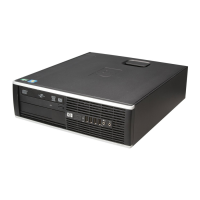
